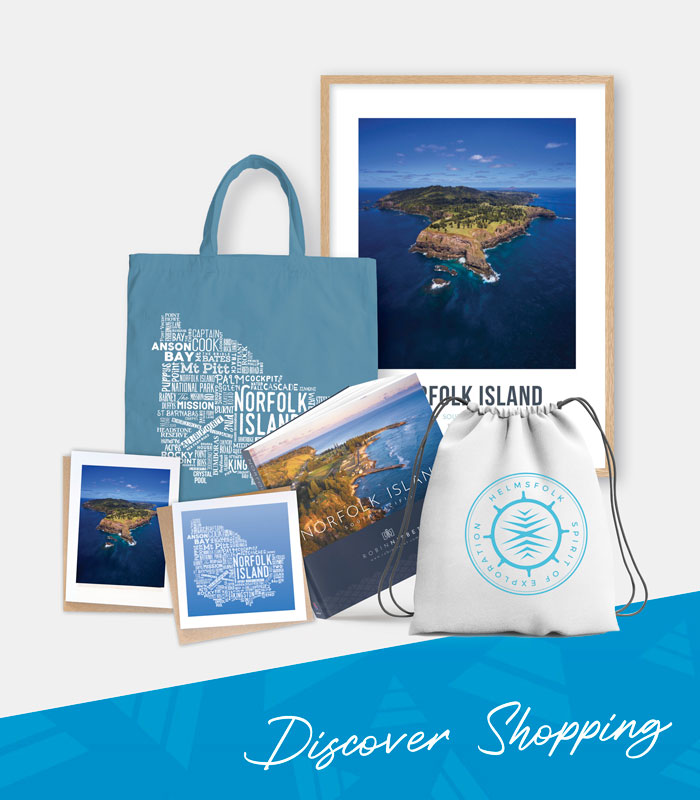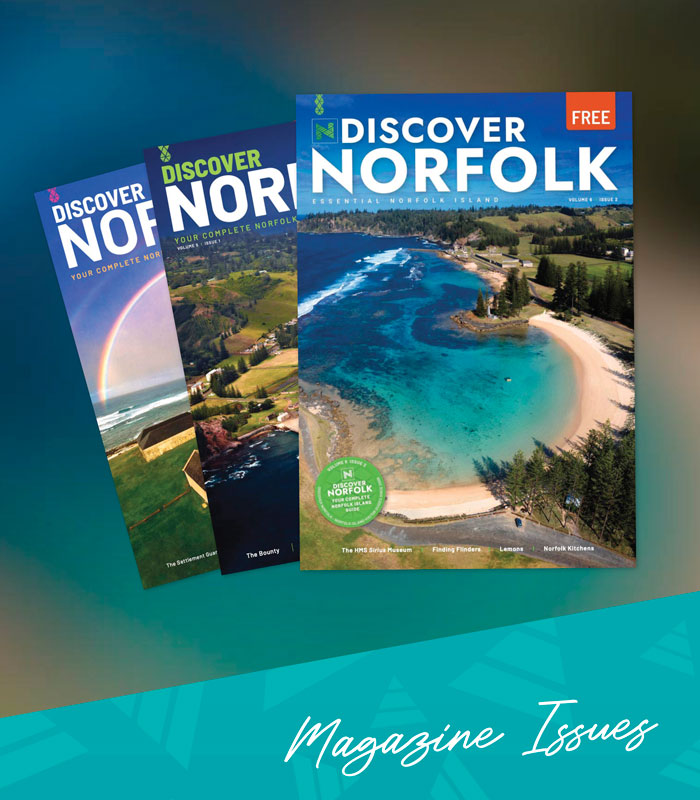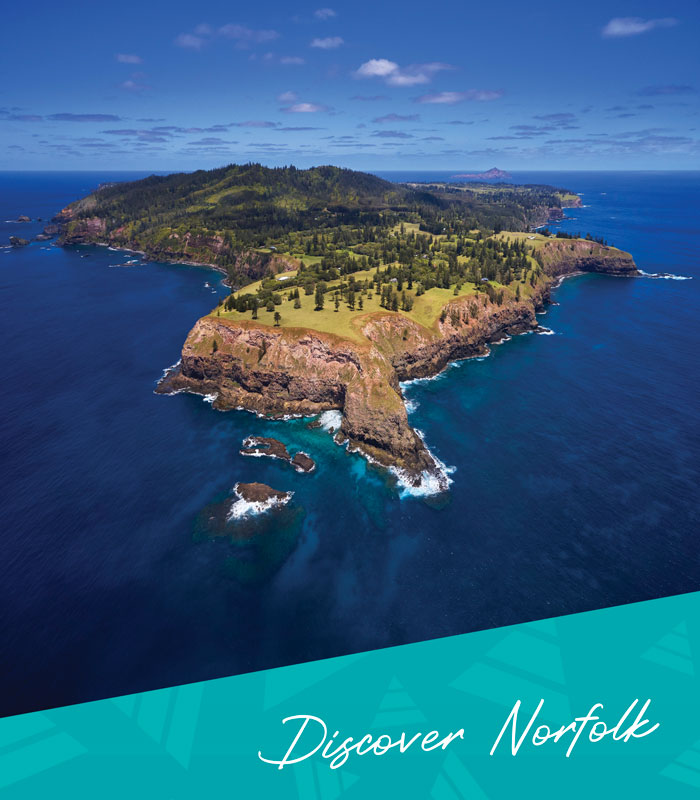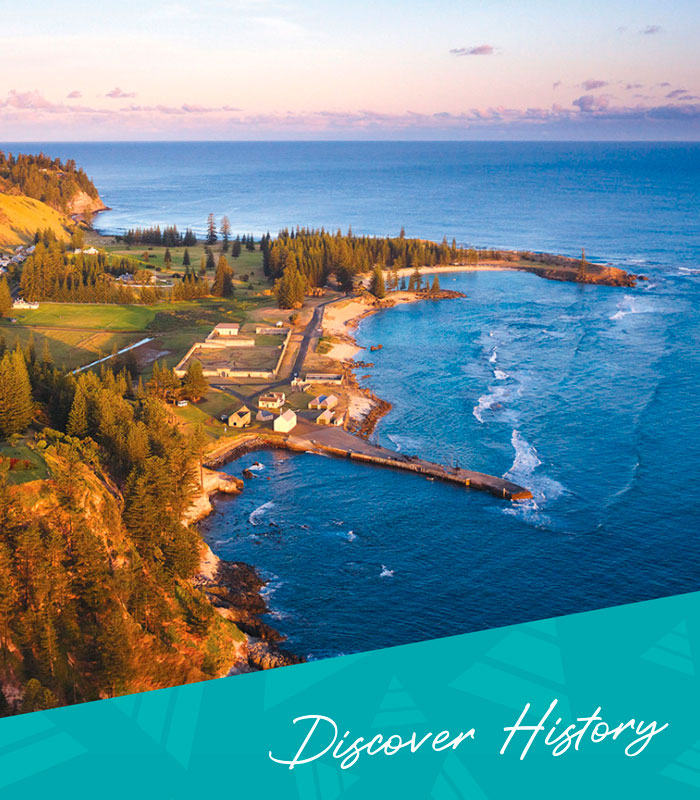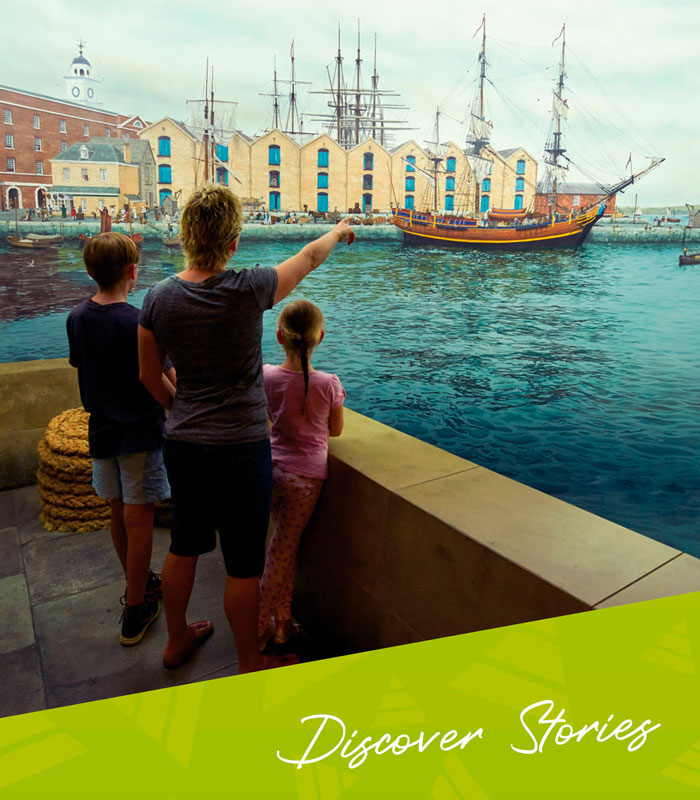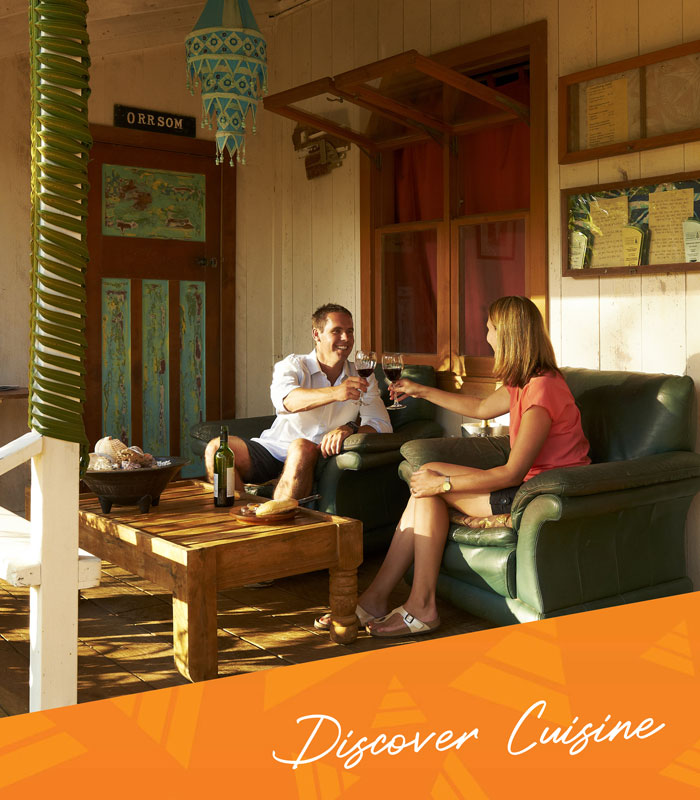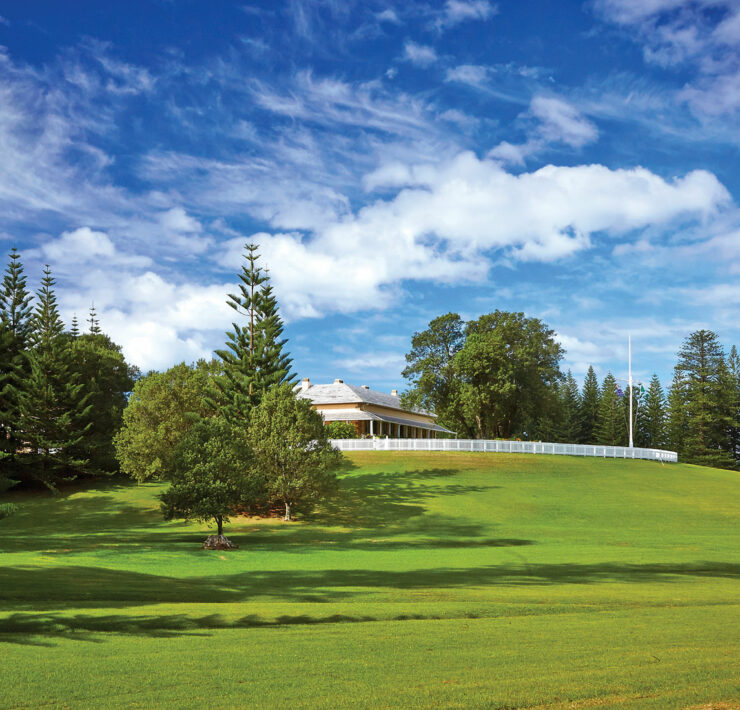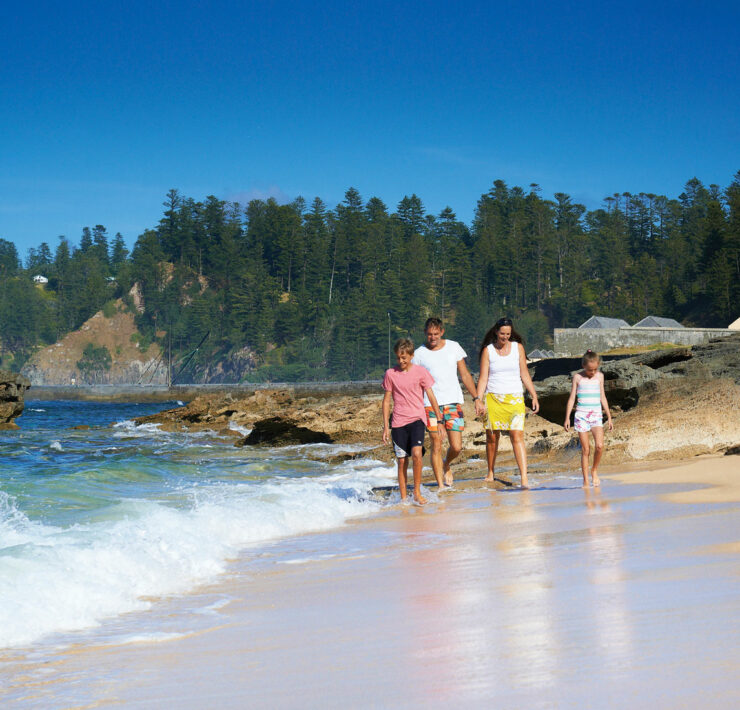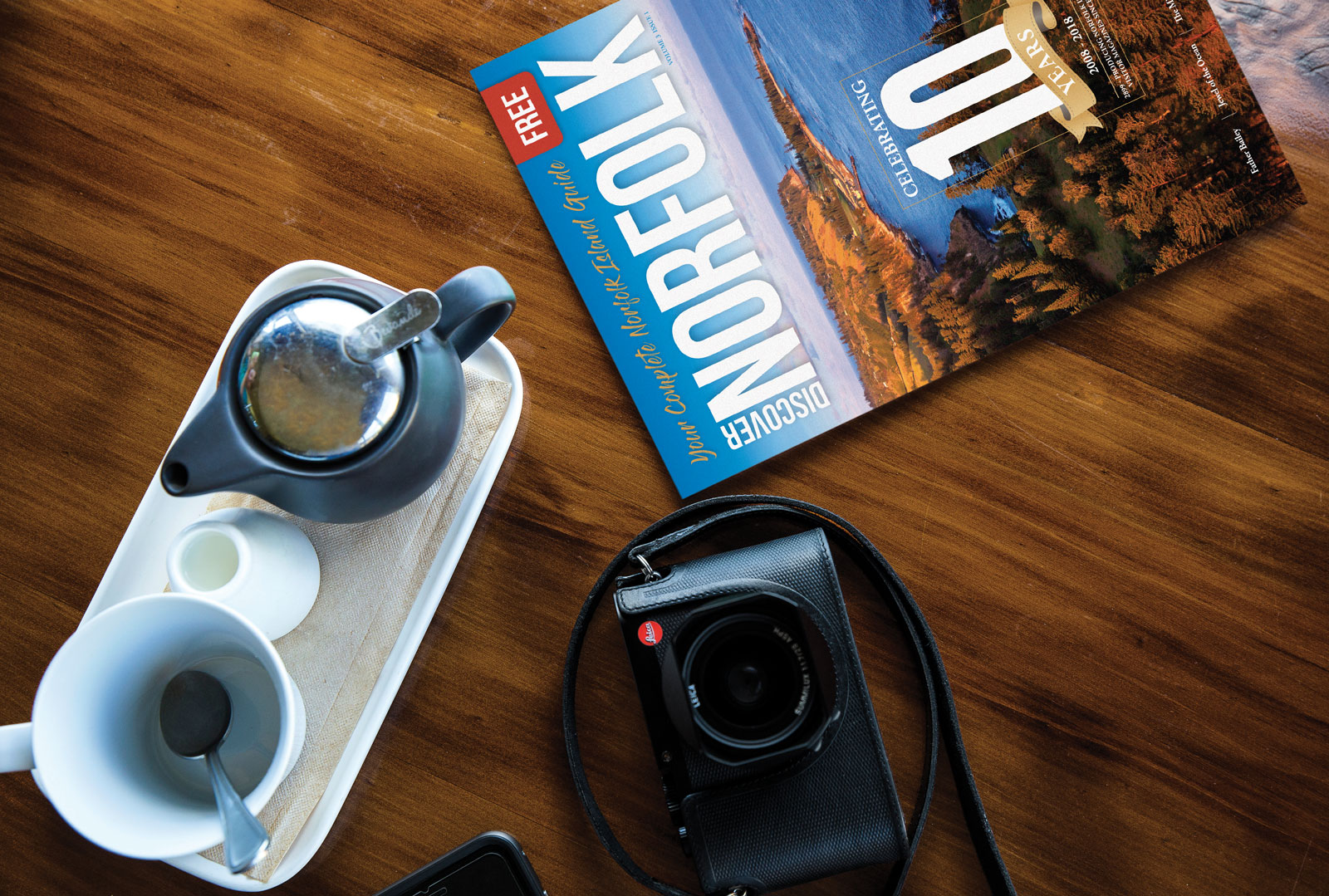Home » All Articles » Ship to Shore: Putting the ‘Food’ in Foodland
Ship to Shore: Putting the ‘Food’ in Foodland

In the age of online shopping, mini markets and convenience stores, supermarkets have managed to remain at the top of the shopping ‘food chain’ in many respects. They are large scale, large volume and large choice. Supermarkets draw people to them for many different reasons; they play a vital role to shoppers supplying under-one-roof options with convenient parking, and from a community aspect they are usually hubs in their own right and play an important social role and provide jobs. The model is pretty universal and we’re all relatively familiar with it.
Supermarket positioning in town centres is often so pivotal that other shopping options gravitate toward them. In larger cities and towns, the location of a supermarket will often have a notable bearing on real estate prices, and determine rental pricing for surrounding shops and property. They also play a large part in the decisions that people make when choosing a home to live in.
Norfolk’s Supermarket, ‘Foodland’ is located in ‘The Norfolk Mall’ in the centre of Burnt Pine, though in relation to the development and evolution of the Burnt Pine area since the building opened its doors, it’s difficult to say what the effect has been precisely. It is fair to say however, that one way or another it is at the heart of the township as we know it today.
Norfolk’s remote location in the South Pacific means that it doesn’t quite fit the mould for most things, and supermarkets and shopping are no different. The Island’s unique geographical location and its geology have a distinct bearing on the movement of goods of any kind and as a result there has always been an inescapable ‘price to pay’ for living here in terms of the time, cost, options to the consumer and availability of goods.
In the decades following the arrival of the Pitcairners in 1856 there was little importation of goods and the Islanders lived a subsistence lifestyle. Barter and trade were the Island’s first main currency, and its early stores were operated as cooperatives. As the Island’s various industries developed, such as whaling and fruit and seed exports, the population grew over time and the subsistence days were slowly left behind. The Middlegate area became the Island’s central town hub which was presumably because of its location in relation to the landing points at Kingston and Cascade, and it wasn’t until closer to the WWII era, and after the building of the air strip that the Burnt Pine area became the Island’s main township. Following the War, tourism really began to develop and in order to accommodate a changing population Norfolk naturally became more commercial.
Years later, in the late seventies and early eighties Geoff Bennett and Ken Nobbs partnered to create ‘The Pine Centre’. Architect Adrian Robinson designed the building from a concept by Geoff Bennett, and Roy Nobbs and his team were contracted to build. The octagonal complex was made with Norfolk Pine from Rocky Point Mill, around an imported steel frame, and the building first opened its doors as ‘The Pine Centre’ on December 15th, 1981. The complex consisted of several different shops, with ‘Foodland’ being the largest tenant. The Pine Centre was later renamed ‘The Norfolk Mall’, but it’s simply referred to by locals as ‘Foodies’.
As well as the supermarket, the original line-up of businesses were very similar to those you’ll find inside today; including a butcher, café and fruit and vegetable shop. Other than a few notable extensions, the building has not changed much.This, and the similarity to the original line-up of shops, shows that the original concept has proven to be future-proof in many ways. To have the vision to build a supermarket complex to fulfil the needs of a community in the early 1980s, and for a that same complex to continue to service those needs over 40 years later is a magnificent achievement.
When the new mall opened Tom Lloyd described it in The Norfolk Islander as:
“A monstrous building by Norfolk’s standards, of a most attractive design using our beautiful Norfolk Pine to best advantage … it gives a sense of real pleasure to walk into this large airy, well-lit and attractive building.”
Foodies remains one of the Island’s largest structures and its open, light interior still houses a brilliant selection of local stores. It’s a one-stop shop, just as it always was, and the objectives Geoff and Ken set out to achieve all those years ago remain fulfilled.
Among the businesses under the octagonal dome Foodland is the largest store on site as well as being a wholesale distributor to most of the Island’s cafés, hotels, bars and restaurants. ‘The Butcher in the Mall’ has a plethora of local and imported meats and vegetables, as well as beautiful fresh flowers. ‘Hot Krust Bakery’ spoil you with a huge array of breads, pastries, pies, artisan loaves and more.
‘Burnt Pine Pharmacy’ offers many chemist-only medications and can fill your prescriptions, as well as supplying skin, haircare, sporting and first aid products. Of course, no mall is complete without a place to sit and enjoy a delicious coffee, and the team at ‘Latitude 29˚’ are only too happy to accommodate. Hot and cold drinks, home-baking, sandwiches, cookies and cakes and even an ice-creamery are on-site. In the centrally located, open-plan, eatery you can simply relax or, as Tom Lloyd so aptly noted in his 1981 article, it’s a great place to “busy-body” on those coming and going from the building.
Smaller convenience stores and late-night stores are an also important part of any community, as are farmers markets and food stalls. In recent years there has been a resurgence of smaller independent stores offering ranges of unique products for more niche markets, and Norfolk is lucky to have a great range of all of those options too. The Norfolk Mall and Foodland however, remain community supporters and embrace Norfolk’s smaller independent suppliers, manufacturers and fresh produce growers. They have always been an important part of the community despite changes in the way we approach shopping and the way we purchase our goods, and they continue to be a staple part of the food-buyers diet.
Shopping is synonymous with Norfolk in just about every respect; there is no ‘one-size-fits-all’ solution. As you walk the aisles of the stores here you have to understand there is no single way that imported goods are brought the Island, and that’s the same for the components, or ingredients imported for local goods to be presented to consumers on the same shelves. This includes machinery for farming and elements required in the production of locally made products and packaging.
The advancement of regular air services to the Island, and the modernisation of shipping lines and ports from which products are dispatched, has changed the way goods are transported, but that doesn’t mean it’s easier to get things to Norfolk’s shores. The task remains incredibly complex and the logistical problems are ever-present.
The weight, bulk and volume of goods presents challenges, as does the time required to send food by sea – especially for perishable and frozen produce. Inclement weather, and treacherous conditions, can cause delays, and then there’s the issue of getting items from ship to shore, and from shore to shelf. There are literally hundreds of variable factors that make shipping to Norfolk complex, even at the best of times. Additionally, the same variable factors that affect sea-freighted goods can present a whole different set of challenges for air-freighted goods. Norfolk’s distance from Australia and New Zealand means that it’s wonderfully close for a quick Pacific getaway, but remote enough to make the importing of goods very difficult.
In the face of continual change and modernisation, the food and goods buying landscape will keep changing too, and there will be always be logistical challenges to face. If history tells us anything, it’s that fuel and transport costs will only increase, creating new problems, but who better to face them than a resourceful people who have overcome everything that’s been thrown at them for hundreds of years. In fact, overcoming the hurdles of island living is simply ‘another day at the office’ for Norfolk Islanders.
However, there are times when our modern living expectations – in a world where everything is a simple click away – are extremely high. Too high in fact. Those who’ve chosen to make Norfolk their home are probably familiar with the phrase,“Well, that’s the price of living in paradise!”. It is as a standard response when perhaps baulking at the cost of a packet of potato chips, or when griping that your preferred yoghurt hasn’t quite made it onto the shelves again. To be honest, when hearing it repeatedly, it does begin to sound like a cheat answer or an empty statement which can get a little worn. It doesn’t really alleviate the frustration of going without your favourite cereal, or the hummus you like, but the statement is actually true. It’s the price we pay to live in this island paradise and, when you take the time to fully consider that, it’s an absolute bargain.
In a global context, the challenges of today’s Norfolk are very first-world challenges. Essentially, Norfolk is an extremely modern destination and competes incredibly well when it is invariably compared – though often unfairly – to towns and cities in Australia and New Zealand. Relatively speaking, the differences to the mainland are marginal, but you’d be hard pushed to grab those last-minute sausages, chips and dip and be lighting up the barbecue on a beach like Emily Bay anywhere else. All this stunning beauty is just 5 minutes away and comes with your own parking spot, picnic table and serenity.
Recently there has been a lot of emphasis placed on Norfolk’s food scene and its unique paddock to plate lifestyle. Restaurants prepare their menus from whatever local meats, fish fruit and vegetables and other ingredients are available at different times of year, and chefs are lauded for their creativity, but this is not a new thing. The resourcefulness of Norfolk Islanders has been borne out of a necessity to ‘meikduu’ (make-do) rather, than having everything and anything a simple over-night delivery away. The diet of Norfolk Islanders has evolved from subsistence living through each of its Settlements for very similar reasons that goods supply remains complex in the 21st century. It is important to realise that these reasons naturally have a knock-on effect on modern supermarket shopping too, and the reality is that not everything can be available all of the time. The trick is to understand that this is a good thing, and that it’s simply another part of Norfolk’s unique and captivating charm.
It’s easy to forget the many reasons why Norfolk doesn’t offer the same next-day delivery options we see on our screens every other minute, but that’s more of a measure of the Island’s success rather than a failure. Thanks to the resourcefulness of Islanders and their indomitable spirit and ingenuity, what you do see on the shelves here comes from a multifaceted network of shipping solutions that is executed so smoothly that we don’t often take the time to fully appreciate the real ‘price of living in paradise’.
____
Image Credit: Robin Nisbet
www.robinnisbet.com
____
Article content disclaimer: Article first published in Discover Norfolk, Volume 04 Issue 01, 2020. Please note that details of specific travel, accommodation and touring options may be outdated. References to people, places and businesses, including operating days and times may be have changed. References to Government structure and Government businesses/entities may no longer be applicable. Please check directly with businesses and/or Government websites directly rather than relying on any information contained in this article before you make travel arrangements.

